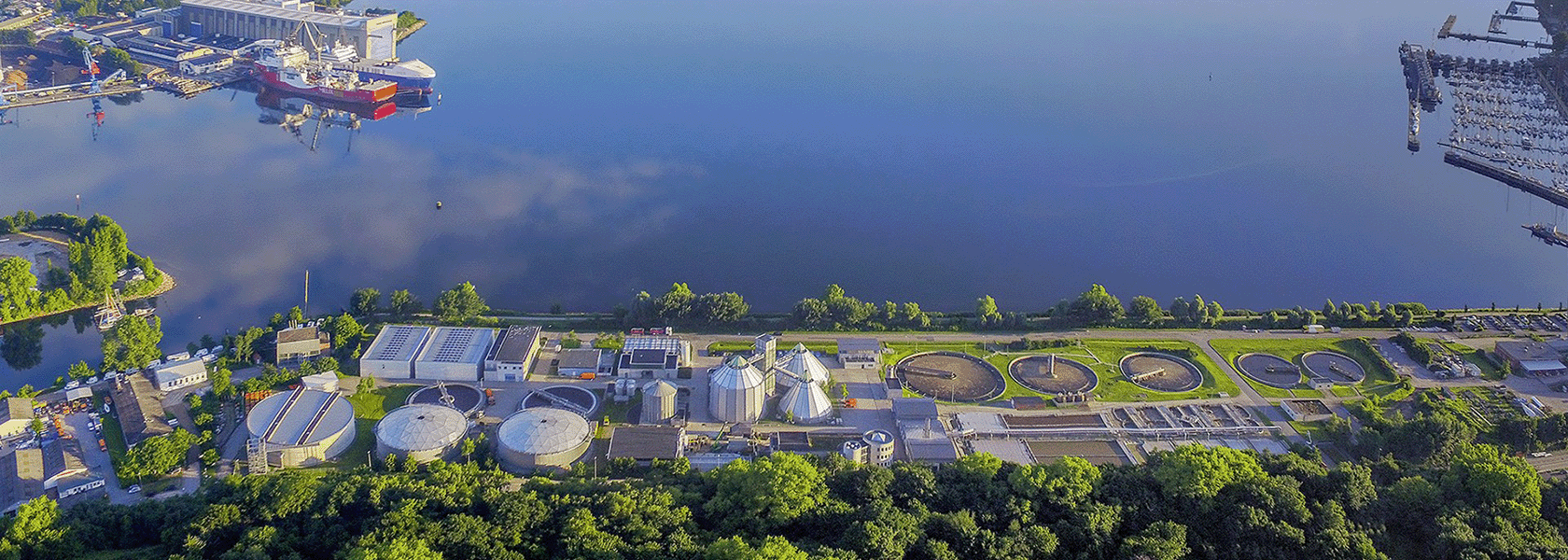
Identifying N2O at the Flensburg wastewater treatment plant
Photo: Andreas Große
“The biggest change was the knowledge we gained about our nitrous oxide sources at the Flensburg wastewater treatment plant.”
In 2022, the TBZ Flensburg wastewater treatment plant started a series of small measurement campaigns to identify the primary sources of nitrous oxide in their processes. The project is part of the plant’s goal to achieve climate neutrality. Jan Philipp Schnack, Civil Engineer and Innovation Project Manager, was responsible for the project in co-operation with Robin Schauser, student at the Flensburg University of Applied Sciences.
The Flensburg plant contains several steps that deviate from the typical setup. So, the team identified 7 measuring points in the plant sections where nitrogen degradation takes place.
| Reactor | Main Selection Criterion |
|---|---|
| 1: Upstream denitrification | Denitrification |
| 2: Aeration tank | Nitrification |
| 3: Trickling filter | Nitrification |
| 4: Sludge bed reactor | Denitrification |
| 5: Fixed bed reactor mainstream | Nitrification |
| 6: Fixed bed reactor sidestream | Nitrification, high NH4 concentration |
| 7: Fine filtration denitrification | Denitrification |
The main N2O formation pathways are during nitrification and denitrification as a by-product of the biological conversion of nitrogen.
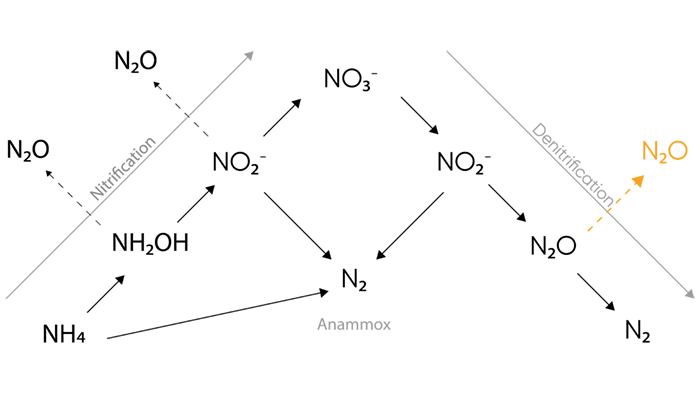
“The investment costs had initially deterred us somewhat. However, the knowledge and results we gained made up for it. We see the benefits of using the system in the long term.”
Flexible measurements showed N2O variations
The measuring campaigns of 1-2 weeks at each spot took place from October to February. “The flexible use of the datalogger between the different measuring points was an advantage. We could easily pull the stored data onto a USB stick, for viewing and evaluation”, says Jan Philipp.
The results from the measurement campaigns showed low nitrous oxide formation in the main stream and low to typical nitrous oxide formation in side stream treatment. “Our results show that we are dealing with low nitrous oxide levels. But we could identify two places where nitrous oxide is formed”, explains Jan Philipp. However, N2O production often shows strong seasonal variations, so it is necessary to monitor it over a year to get a comprehensive picture.
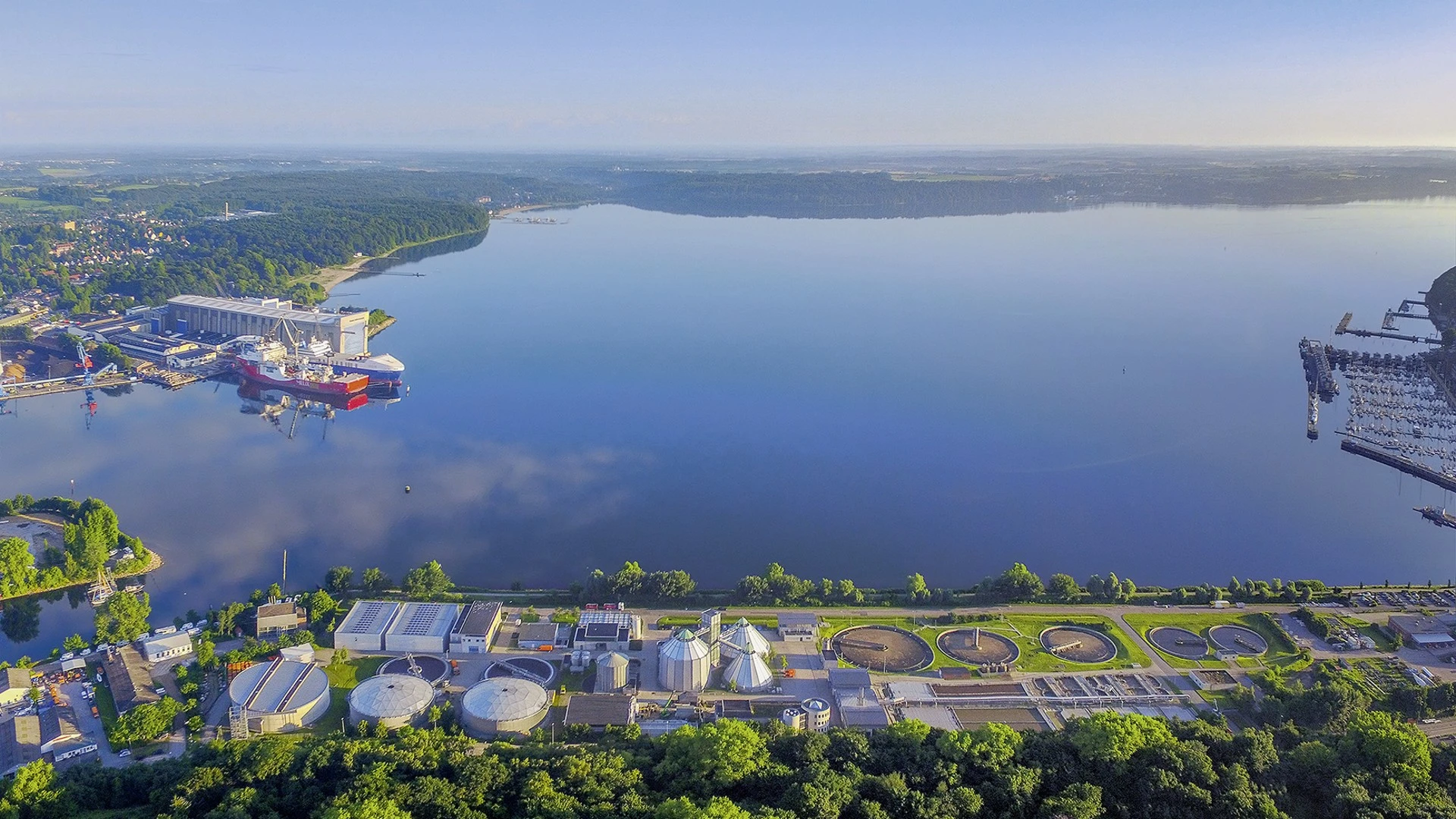
Plans for efficient management
In the future, nitrous oxide measurements will provide data for Flensburg wastewater treatment plant’s CO2-equivalent accounting on their road to climate neutrality.
Jan Philipp has further plans for the system: “One of our next steps for the N2O Wastewater System is to integrate it into our process control system. We are also considering a possible use for the control of our C-source dosing. Furthermore, we want to gain knowledge about possible fluctuations in nitrous oxide formation through long-term use at a measuring point. Our goal will then be to take countermeasures to achieve an improvement of the wastewater treatment plant.”
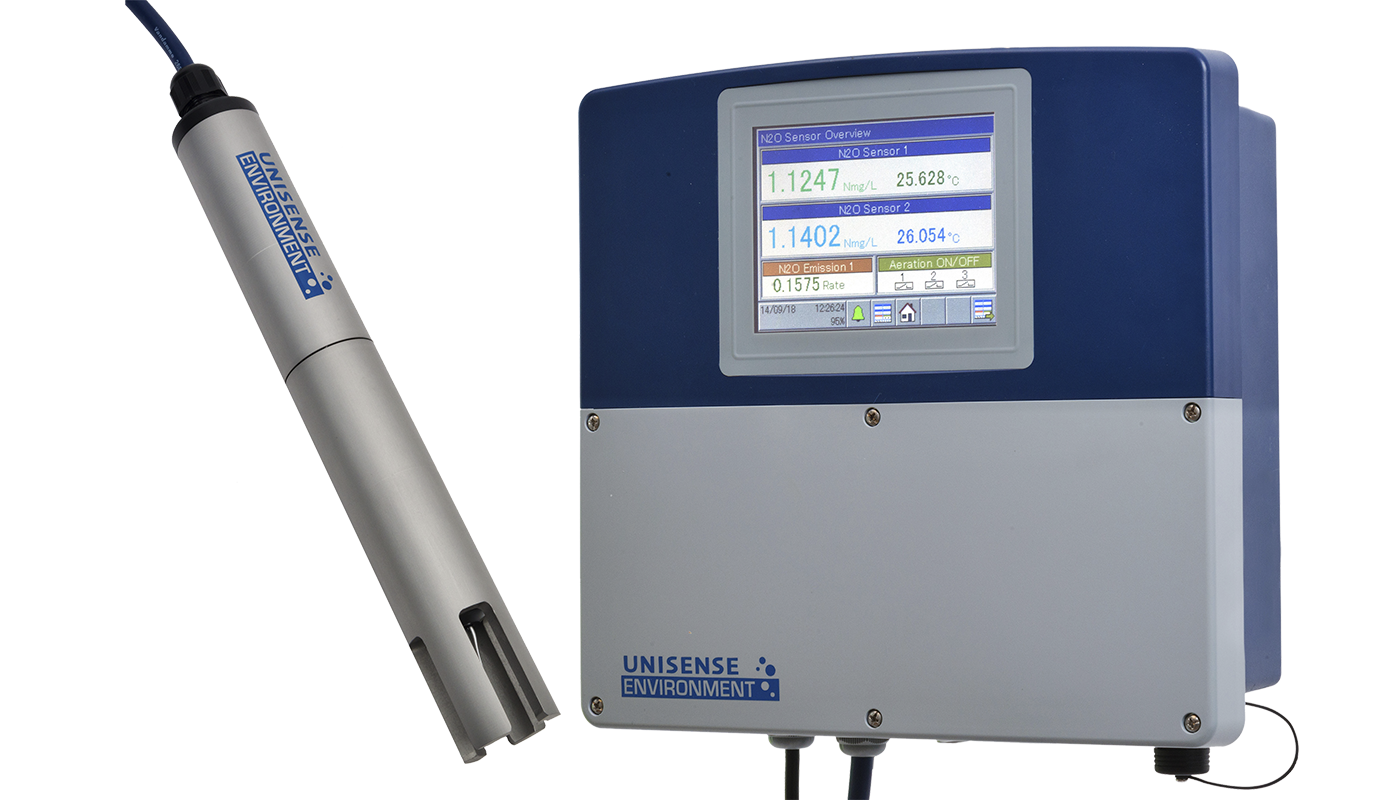
Climate Goals in Flensburg
Approx. 10 million m3 wastewater / year
Process combination: Preliminary sedimentation, activated sludge process, advanced treatment (trickling filter, sludge bed reactor, 2-stage filtration) filtration), turbid water treatment.
Tech Notes & References
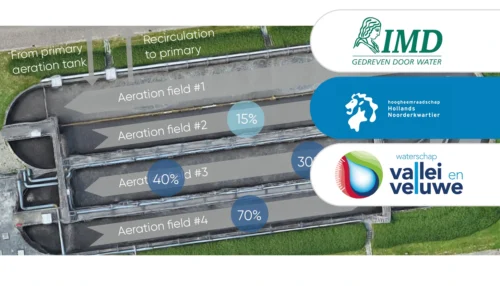
Two liquid phase N2O sensors accurately represent process dynamics and emissions in most common raceway and recirculation reactors.
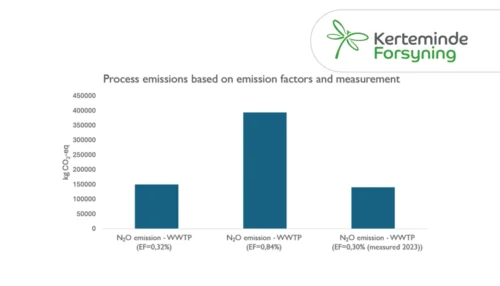
Learn how Kerteminde Forsyning applied nitrous oxide data to reduce the formation of N2O while maintaining low nitrogen emissions
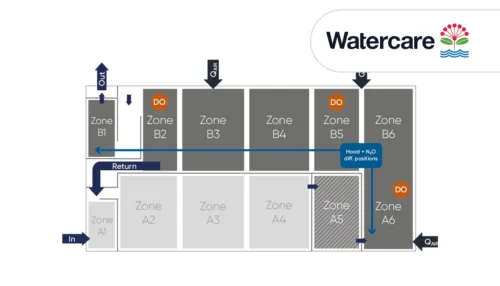
Case Study: Full-scale comparison of N2O emissions determined by liquid sensors and off-gas measurement
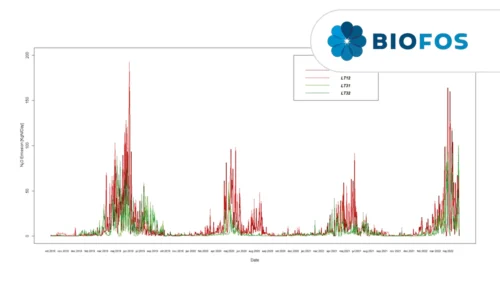
Significant 3-fold increase in IPCC2019 wastewater N2O emission factor supported by Danish studies.
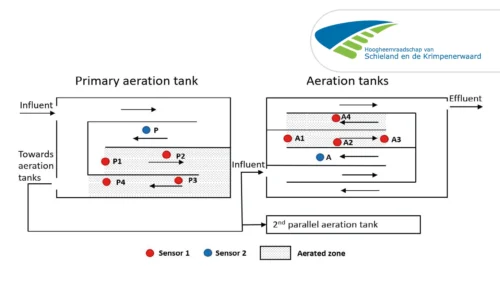
A case study from Kralingseveer WWTP in the Netherlands explores the influence of sensor placement.
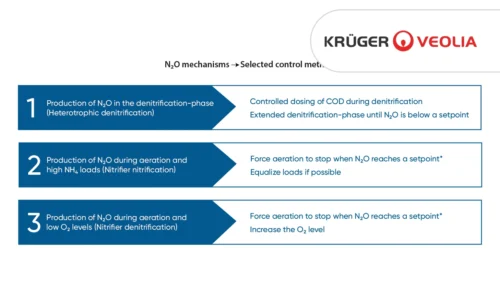
Based on data from Danish WWTPs through advanced online-control.
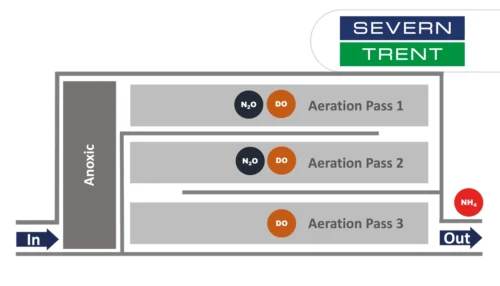
Learn about the results from N2O monitoring in the activated sludge tanks at Severn Trent’s Spernal sewage treatment plant
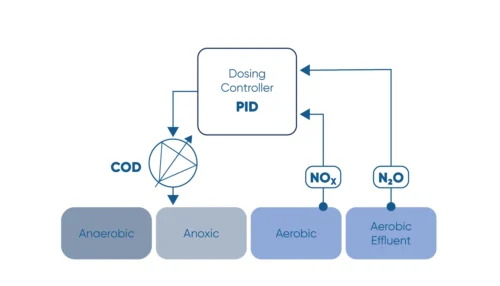
Monitor the N2O concentration in the liquid and use N2O as a control parameter for carbon dosage in the denitrification process.
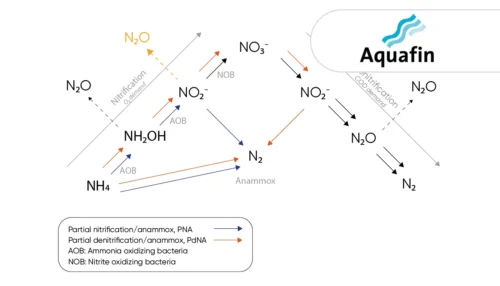
Learn how the water utility Aquafin controls emissions from deammonification processes using the the N2O Wastewater Sensor
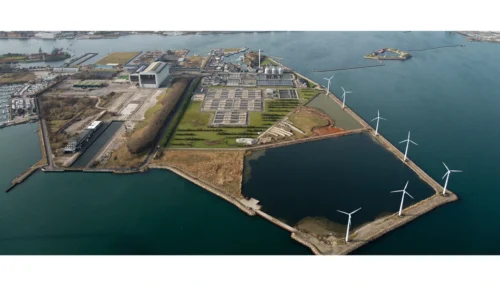
Greenhouse gas emissions at wastewater treatment plants are coming into focus as the water industry works to reduce its climate footprint
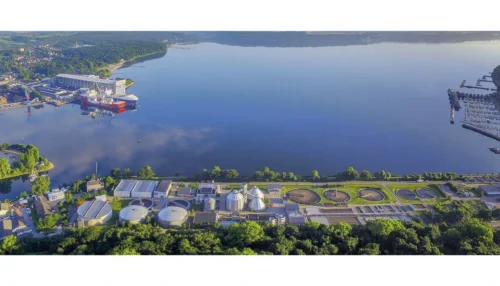
The investment costs had initially deterred us somewhat. However ...
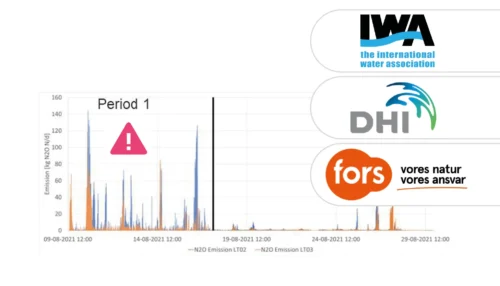
A study of three very different WWTPs in Denmark: Bjergmarken (125,000 PE), Holbæk (60,000 PE), and Hvalsø (11,570 PE)
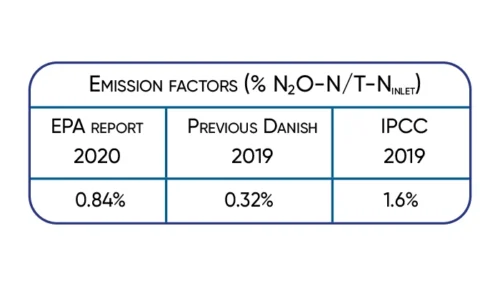
The available data show that the nitrous oxide emission varies in time and between wastewater treatment plants.
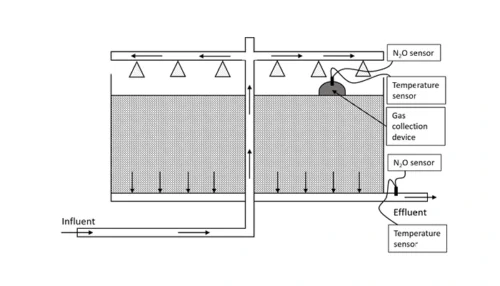
Information regarding N2O emissions from trickling filters is limited, partly caused by the difficulties in capturing off-gases.
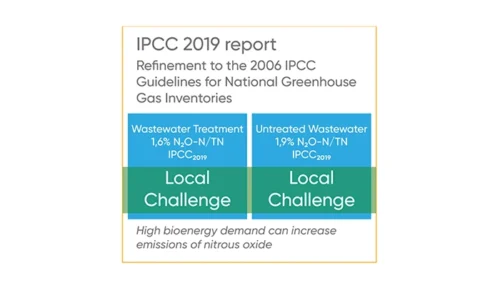
Significant 3-fold increase in IPCC2019 wastewater N2O emission factor supported by Danish studies.
